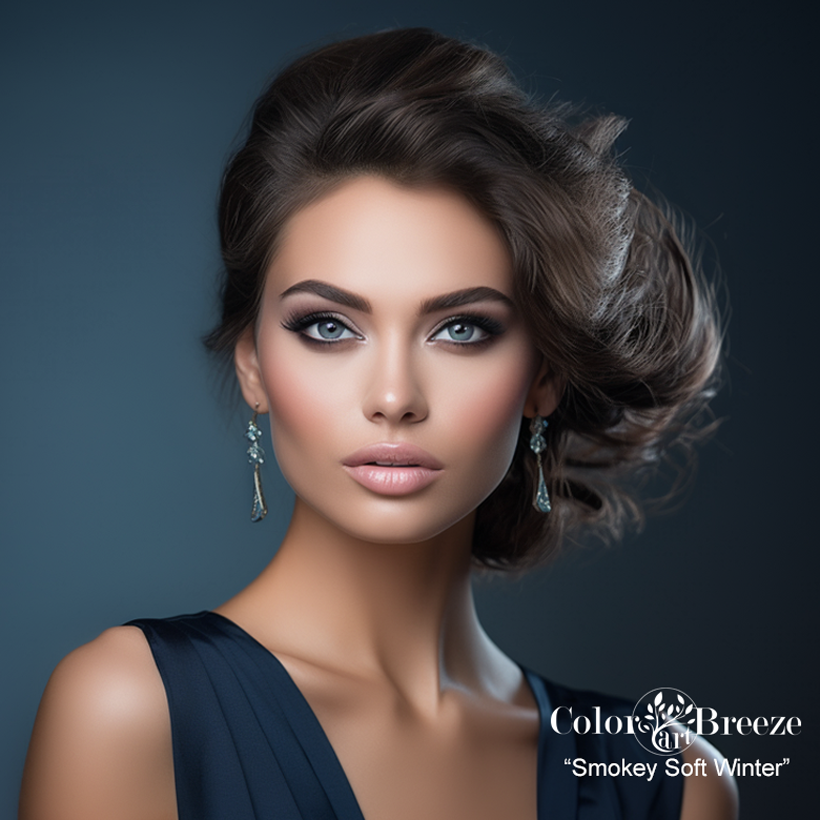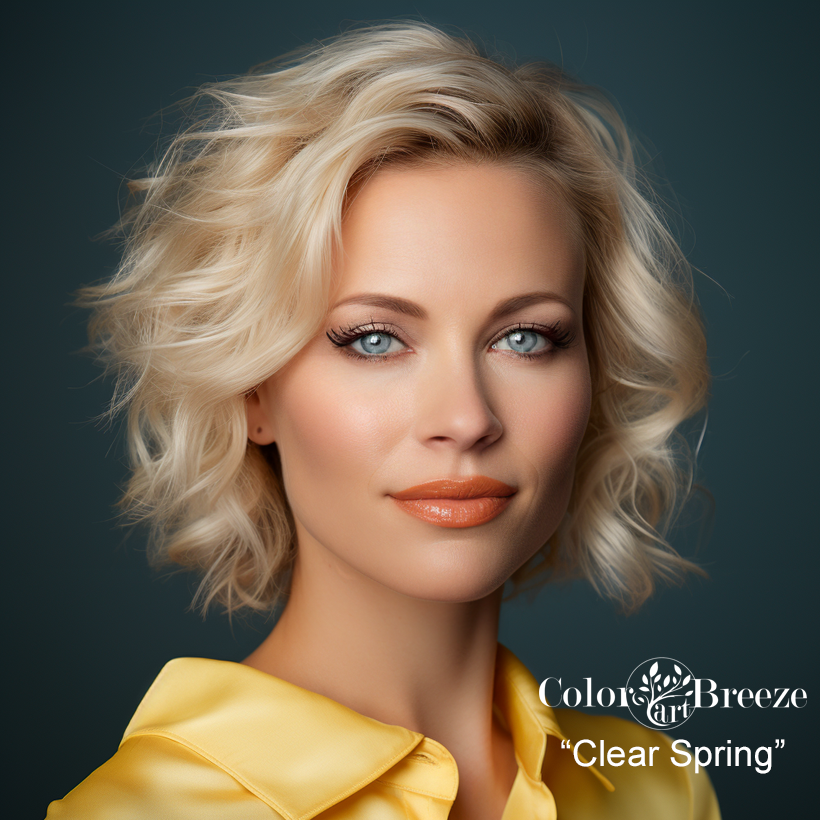The ColorBreeze Seasons
The ColorBreeze Seasons will contain some of the basic color analysis seasonal categories we have all been familiar with for years, such as the Cool Summer, Warm Spring, Deep Winter, etc.
It literally encompasses the 4-season and 12-season color theory systems. It then went on to discover additional, more precise sub-seasons under the original four main seasons.
So if you are familiar with the 4 and 12-season systems, you have the bedrock of understanding for my more advanced ColorBreeze System!
Learn about these new seasons and over time you will see the brilliance of it and it's accuracy.
What is most unique about the ColorBreeze Seasons is the additional soft seasons which were split into a blended and all-warm or all-cool version. Then, I later developed blended and all/cool or all-warm versions of all of the Light, Deep, and Clear seasons. This is why I originally called this the ColorBreeze Complete System. It is the most complete system for all people and it completes Alfred Munsell's Color Tree.
About the Soft seasons: All the ColorBreeze seasons begin with the four main color analysis seasons of Winter, Summer, Spring, and Autumn. Within the main seasons, there are seven sub-seasons. Even the Winters and Springs, who traditionally have clear chromas, will each have two new soft seasons.
Summers and Autumns, whose chroma is already soft and muted, with have four total soft sub-seasons (meaning "soft" is their dominant characteristic").
I used a paint analogy to explain the theory of its evolution up to the additional soft seasons. After that, the paint analogy becomes obsolete.
Depending on whether a Soft season has been toned with grey (lighter or darker grey) or toasted with brown (lighter or darker brown) will determine if they the 'flow' warm (sunlit or toasted) or "flow" cool (dusty or smokey). I noticed that if a soft season will have a blended or all-cool/warm unertones, then the same should exist for the other dominant traits like the Lights, Deeps, and Clears.
With the ColorBreeze seasons, there are additional versions of Light Spring, Light Summer, Deep Winter, Deep Autumn, Clear Spring, and Clear Winter.
This brings a total of 28 seasons in the ColorBreeze System!
This completes all spaces on my Color Tree, which was inspired by artist Albert Munsell. If your interested, you can learn more about Munsell on his wikipedia page.

Are you completely lost with all these new seasons?
If you are overwhelmed with all these seasons, that's ok! It is an advanced system: complete, nuanced, and accurate. But for those somewhat new to Color Analysis, or at least are only familiar with the 12-season theory, it can be overwhelming.
In that case, stop. Take a step back into the 12-season system.
As I mentioned earlier, most seasons in the 12-season system comprise the ColorBreeze System, like the Cool Winter, Light Spring, Warm Autumn, etc. So if you are knowledgeable about the 12 seasons, you already understand nearly half of the system!
And if you are familiar with the Soft Summers and the Soft Autumns in the previous system, you might have noticed that there are definitely lighter and darker versions of each Soft Summer and Soft Autumn. ColorBreeze identified that and split them into two more precise seasons.
Understanding the concept of a soft spring and soft winter may be brand new to you. But once you know the characteristics of these seasons, you will start looking for and seeing them often.
I admit the last part of the process is trickiest: determining whether the soft season has any visible warmth or coolness in her coloring. Put another way, you will be deciding where that season seems to flow into. This would be its sister-season.
For those who are obsessed with Color Analysis, especially the theory behind it (and there is a solid, logical system behind it), you will love to learn more about the ColorBreeze System.
But if you are brand-new to color analysis, start by learning more about the bedrock of all the advanced systems, the 4-Season Color System.
Ready to take a look at each of the seasons? Click on the name of the sub-seasons below to learn more about each one.
(note: I have eBooks for each of the 28 seasons with even more information available in my storefront).
All of the ColorBreeze Seasons

|
 |
 |
 |
Read about the what and why behind the color seasons' names here.


